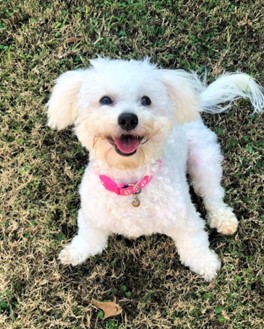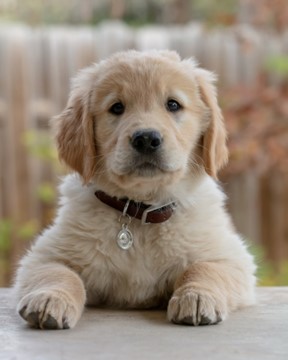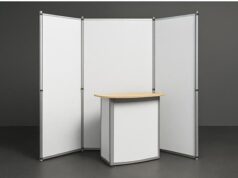Marissa Corbett of Shamong, NJ is the owner of Above and Beyond Dog Training. Ever since she was young, Marissa had a way with animals, and knew as an adult, would have a career working with animals, especially dogs. In the following article, she discusses setting boundaries with a new puppy, why boundaries are necessary, and how being consistent and patient sets the proper hierarchy for dogs in a family setting.
It can be all too easy to allow a new puppy to be top dog in the house. Its adorable cuteness, funny little ways and clear vulnerability make new owners want to give it everything in the world and more. But this is a huge mistake!
New puppies not only need boundaries but want them explains Marissa Corbett of Shamong, NJ. Dogs have a very clear hierarchy in their packs, and by seeing their owners as pack leader as soon as they reach their new home immediately sets them on a path of good behavior and respect.
Start Early, and Be Consistent
Boundary training doesn’t have to mean confining a puppy to a single room or crate. It begins with toilet training. Keeping an eye on when a puppy is about to empty its bladder or bowels and taking it outside already tells it that toileting is for the yard, not for the house explains Marissa Corbett. It also helps to try to keep a steady time increment such as every 3-4 hours letting your puppy outside for “potty time”.
Moving on to more complex training, such as staying in the right rooms, not leaving the confines of the yard when outside, and keeping them away from the furniture, requires much more time and patience, but the key is consistency. Marissa Corbett says puppies must learn a little every single day.
Owners need to be consistent not only in the time they spend training but, in their responses, too. In this article on this very subject, owners are reminded to teach trust to their puppy by being trustworthy themselves.
Make Setting Boundaries Fun
Marissa Corbett says that a dog wants to go wherever its owner goes, and a puppy even more so. For training to involve teaching a puppy there are some places it cannot go, the puppy must feel it has a certain choice in the matter.
Whether the choice is to use a long leash, command words, treats or even toys, the owner’s primary goal is to have the puppy understand who’s in charge, and why staying in their assigned area is better for them says Marissa Corbett.
When a puppy is assigned to its crate at nighttime, the crate should be a place of fun and comfort. Toys and treats should make the puppy want to go in, and warm and clean blankets should await them. Any accidents in the crate must be cleaned up immediately, so the puppy doesn’t associate its crate with its toilet.
Puppies should wait at the door until their owner steps in first, showing pack leadership. When the puppy waits correctly and doesn’t move until invited, the owner’s words of re-enforcement and reward make a puppy associate waiting with their owner being happy explains Marissa Corbett of Shamong, NJ.

Dogs Have Their Stubborn Stages
Just like a toddler, a puppy has its own stages of obstinate behavior and a tendency to refuse to co-operate. It usually begins at the 6-month stage and can last until they’re around 12 or even 18 months old.
All the boundaries that have been put in place should remain. If they weren’t allowed in the bedroom before, they should continue to both hear and see that it’s still off limits, even if they push open the door and stroll in.
Marissa Corbett says that the dog must be the first one to give in, because if the owner breaks first, then the dog will see this as them being leader of the pack, and it can lead to both dominant and even aggressive behavior.
Reward, not Punish
Dogs don’t have the same memory as humans. They don’t understand penalties when they make a mistake or have any interest in how their future behavior affects an outcome. They’re not like children, who can think “if I touch that again, I’ll have to sit in time out.”
Instead, dogs love to be rewarded for good behavior according to Marissa Corbett. Making a huge, happy fuss when they get it right will make them repeat good behaviors. Refusing to acknowledge their bad behaviors will teach them that their owners don’t respond to it, and instead they will crave the good responses.
Puppy Classes are Essential
All owners would love to think they know their puppy and that their beloved pet is so well-behaved because of them. But not all dog owners are natural trainers, nor do they have to be.
Even the best trainers in the world would recommend puppy training classes, as it’s a great way to socialize a dog while teaching it boundaries. Learning through fun, through watching others of their kind, and through playing with their friends are all methods that dogs use in the wild.
Signing up for puppy classes as soon as the puppy is given the all-clear from the vet to socialize is the perfect way to begin the boundary setting, along with picking up hints and tips from fellow owners explains Marissa Corbett.











